Unveiling the economics of mulching in India: This blog dissects the cost per acre, providing an in-depth analysis of budget-friendly solutions. Expect simplified, data-driven insights that unravel the complexities, ensuring a seamless understanding of mulching expenses for farmers and enthusiasts alike.
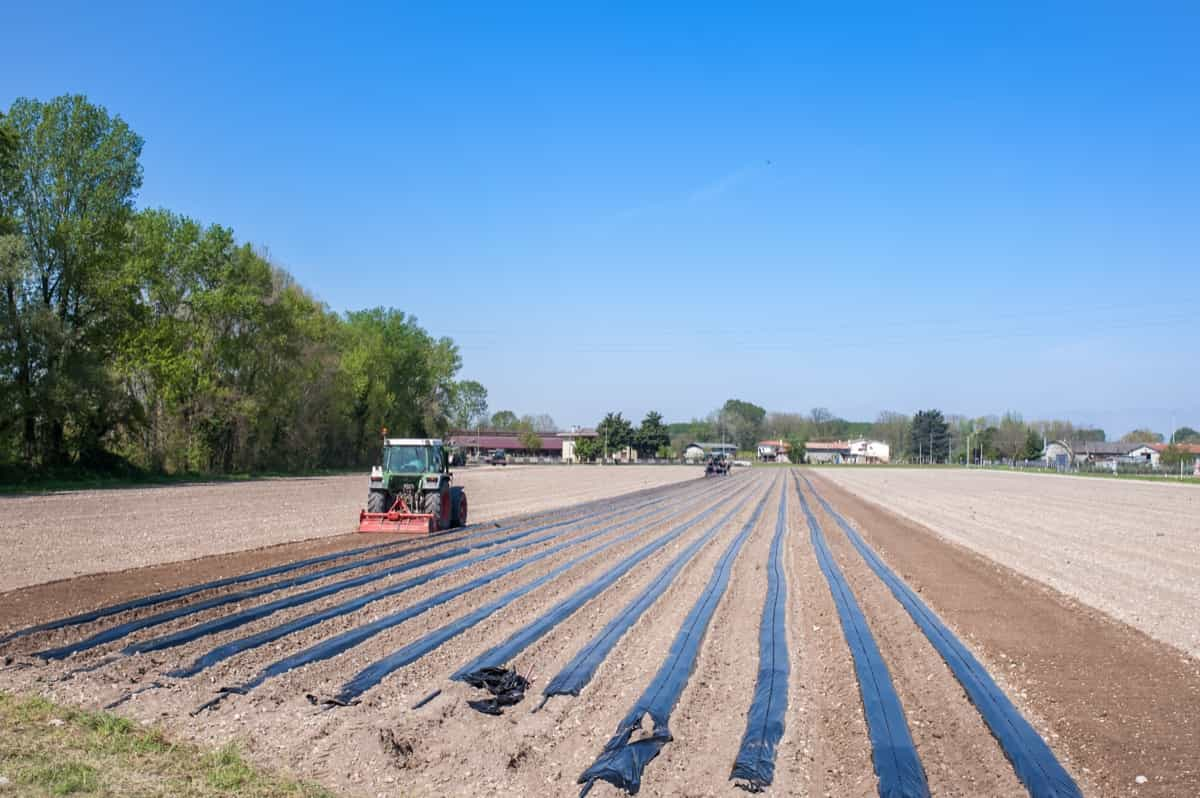
Introduction to Mulching Cost Per Acre in Indian Agriculture
Mulching is a method of covering the soil surface with organic or inorganic materials to preserve the moisture content, control the weeds, regulate the temperature of the soil, and improve crop yield. Mulching costs per acre depend on various factors, such as the type of mulch, the method of application, the availability of labor and machinery, and the crop that is grown.
In Indian agriculture, mulching is widely used for crops like sugarcane, cotton, vegetables, fruits, and flowers. According to a study, the average cost of mulching per acre ranges from Rs. 10,000 to Rs. 25,000, depending on the type of mulch and the crop. The study also found that mulching can increase the net returns per acre by 15 to 40 percent compared to non-mulched plots. Mulching is, therefore, an effective and economical way of enhancing crop productivity and profitability in Indian agriculture.
Comparing Organic and Plastic Mulching Costs Per Acre Across India
Organic mulches are more sustainable and environmentally friendly than plastic mulches, as they decompose organic matter and nutrients, regulate soil temperature, and prevent erosion. Plastic mulches are more widely used in commercial crop production, suppressing weeds, retaining soil moisture, and increasing crop yield and quality. However, they are more expensive, less eco-friendly, and require special equipment for installation and removal. They may also cause soil overheating or nutrient leaching if not used properly.
The cost of mulching per acre varies depending on the type, quality, availability, and quantity of the mulch material, as well as the labor and equipment involved. According to some estimates, the cost of organic mulching ranges from Rs. 5,000 to Rs. 15,000 per acre, while the cost of plastic mulching ranges from Rs. 10,000 to Rs. 25,000 per acre in India. However, these costs may change depending on the market conditions and the crop requirements. Therefore, farmers should compare the benefits and drawbacks of both types of mulches before choosing the best option for their farms.
Regional Variations in Mulching Expenses Per Acre in India: A Comprehensive Study
The average cost of mulching per acre in India ranges from ₹1,000 to ₹5,000 INR for organic materials and from ₹2,000 to ₹10,000 INR for inorganic materials. Some studies also find that the cost of mulching varies widely across regions and crops. For instance, the northern region has the highest cost of mulching per acre for rice and wheat due to the high demand and low supply of straw and hay.
In case you missed it: Weed Management in Sorghum Farming: Control with Chemical, Biological, Mulching, Herbicides, and Crop Rotation
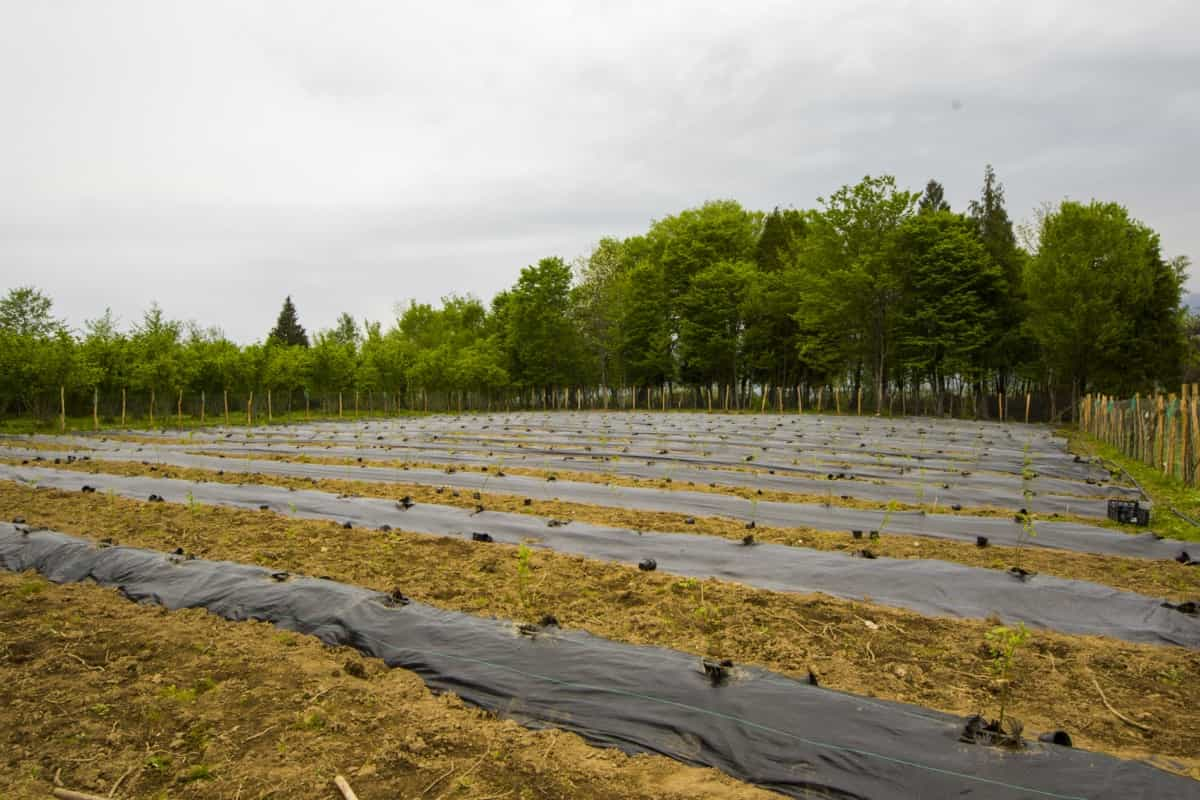
The southern region has the lowest cost of mulching per acre for cotton and sugarcane due to the availability of cheap plastic sheets and labor. The eastern region has the highest cost of mulching per acre for fruits and vegetables due to the lack of irrigation facilities and the need for intensive weed control. The western region has the lowest cost of mulching per acre for maize and pulses due to the use of locally available grass clippings and leaves.
Cost-Benefit Analysis of Mulching Techniques Per Acre for Indian Farms
Straw mulch is made of crop residues such as wheat, rice, or sugarcane. It is cheap and easy to apply, but it may only last for a while and may attract pests and diseases. The cost of straw mulch per acre is about Rs. 500-1000, depending on the availability and quality of the material. The benefit of straw mulch per acre is estimated to be Rs. 3000-5000, based on the savings in irrigation, fertilizer, and weed control.
Plastic mulch is made of synthetic materials such as polyethylene or biodegradable polymers. It is more expensive and labor-intensive to apply, but it can last longer and provide better weed suppression. The cost of plastic mulch per acre is about Rs. 5000-10000, depending on the type and thickness of the material. The benefit of plastic mulch per acre is estimated to be Rs. 10000-20000, based on the increase in yield, quality, and market price of the crops.
Living mulch is made of cover crops such as legumes, grasses, or herbs. It is the most environmentally friendly option, but it may require more management and maintenance. The cost of mulch per acre is about Rs. 1000-2000, depending on the seed and planting method. The benefit of living mulch per acre is estimated to be Rs. 5000-10000, based on the value of the cover crop and the reduction in fertilizer and pesticide use.
Economic Impact of Mulching on Crop Yield: Cost Per Acre in India
Mulching can increase crop yield by creating favorable microclimate conditions, reducing water loss, and preventing salt accumulation. In India, where water scarcity and soil erosion are major challenges for agriculture, mulching can be a cost-effective and sustainable option for enhancing crop production. According to a study, mulching can boost yields by 50-60 percent in rainfed conditions and reduce irrigation water requirements by 25-30 percent.
The cost of mulching per acre varies depending on the type of material used, the availability of labor, and the cropping system. For example, plastic mulch can cost around Rs. 10,000–25,000 per acre, while organic mulch can cost around Rs. 10,000-15,000 per acre. The benefits of mulching can outweigh the costs in terms of increased income, reduced input use, and improved soil health.
Sustainable Mulching Practices and Their Costs Per Acre in India
Sustainable mulching practices are methods of covering the surface of soil with organic or inorganic materials to conserve moisture, improve soil structure, reduce weed growth, and enhance crop yield. Mulching can also help mitigate the problem of smog and air pollution caused by burning crop residues in some parts of India. Some of the cover crops and mulching practices used in India are.
- Green manure crops such as sunn hemp, dhaincha, sesbania, cowpea, etc., are plowed into the soil before planting the main crop to enrich it with nitrogen and organic matter.
- Catch crops such as pulses are grown as short-duration crops between two main crops to provide income and food security for farmers during droughts.
- Intercropping or mixed cropping systems involve growing two or more crops together in the same field to increase diversity, productivity, and resilience.
- Trash farming or residue retention involves leaving crop residues on the soil surface after harvest to reduce erosion, conserve moisture, and add organic matter.
- Plastic mulch films are laid on the soil surface using machines or manually to create a barrier against weeds, pests, diseases, and evaporation.
- Stone mulch or gravel mulch is spread on the soil surface to reduce evaporation, runoff, and erosion.
In case you missed it: A Guide to Understand the Mulching of Plants/Trees: Check How this Guide Helps Gardeners/Farmers
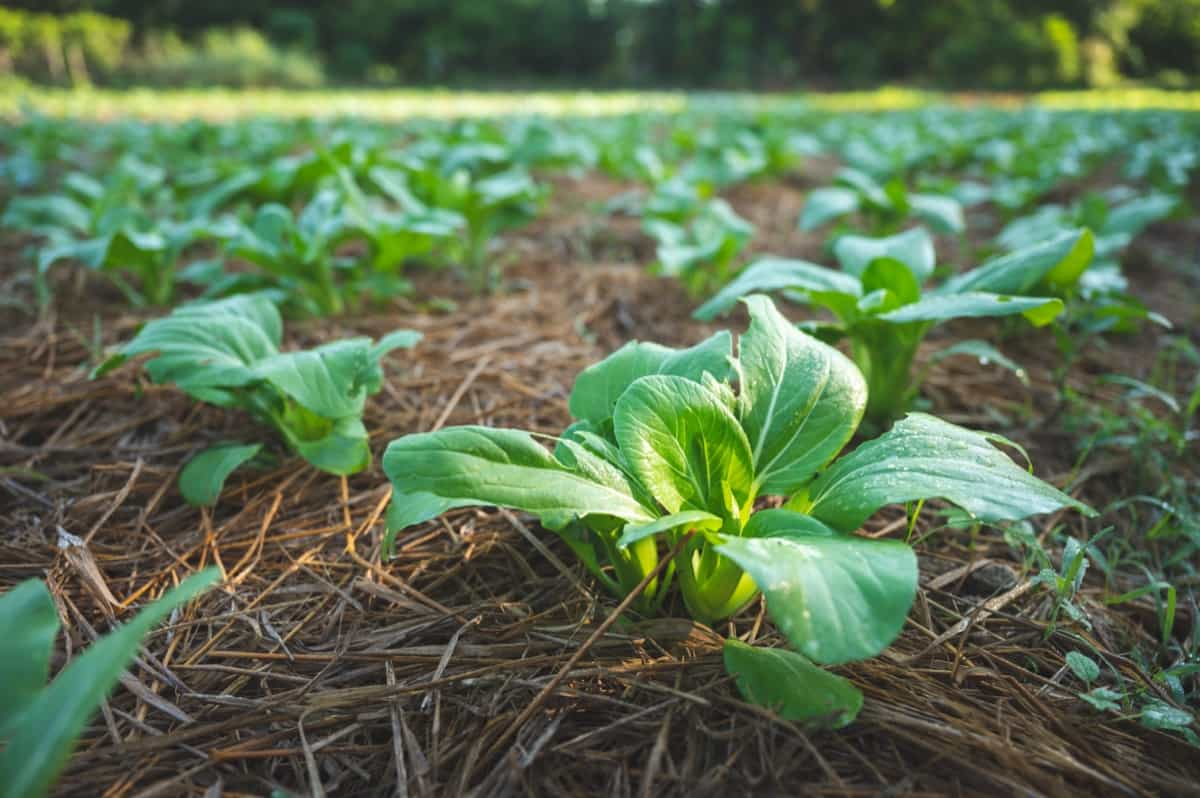
Innovations in Mulching: Cost-Effective Solutions Per Acre for Indian Agriculturists
Mulching is a cost-effective method for small-scale farmers in India, enhancing crop yield and quality by reducing soil temperature and preventing erosion. Rice straw, a by-product of rice cultivation, can be used as a cheap and abundant organic mulch, increasing rice yield by 5-10% and reducing irrigation water requirement by 25-30%.
The cost of rice straw mulching is around Rs. 5000 per hectare, lower than plastic mulch and other organic mulches. Biodegradable plastic films, made from renewable sources, can reduce weed growth, soil evaporation, and pest infestation while increasing soil temperature, nutrient availability, and crop yield. Biodegradable plastic films made from cassava starch cost Rs. 12000 per hectare, compared to Rs. 20000 per hectare for conventional plastic films.
Assessing the Long-Term Financial Benefits of Mulching Per Acre in India
Mulching can also have long-term financial benefits for farmers, especially in regions with low and erratic rainfall, such as India. In this paragraph, we will assess the potential economic returns of mulching per acre in India based on the available literature and data. According to a study, mulching can increase the yield and net income of crops such as wheat, maize, and soybean by 10-30% compared to conventional tillage.
The study estimated that the benefit-cost ratio of mulching ranged from 1.4 to 2.1, depending on the crop and the type of mulch used. Another study found that mulching with rice straw increased the yield and net income of mustard by 18% and 25%, respectively, compared to no mulching. The benefit-cost ratio of rice straw mulching was 1.6, which was higher than that of other types of mulch, such as black polythene and wheat straw.
Mulching in Indian Horticulture: Per Acre Costs and Advantages
Mulching is a traditional agricultural practice in India that has many benefits for horticultural crops. Organic mulches are natural materials that decompose over time, improving soil structure, fertility, and weed suppression. They also help in temperature regulation, erosion control, and pest management. However, they have drawbacks like high labor requirements, fire hazards, rodent attraction, and potential allelopathic effects. Inorganic mulches are synthetic materials used in automated machines for soil bed preparation, drip irrigation, mulch laying, and transplanting.
They are durable, uniform, easy to apply, and effective in moisture conservation, weed control, and soil warming. However, they have high initial costs, disposal issues, environmental pollution, and soil salinization. Biodegradable mulches combine the benefits of organic and inorganic mulches, improving soil quality, reducing weed pressure, conserving water, and increasing crop yield. However, they face challenges like variable quality, availability, and performance depending on the source material and climatic conditions.
| Mulching Type | Cost (Rs. per acre) |
| Organic Mulching (Straw) | 10,000 |
| Inorganic Mulching (Black Plastic Film) | 25,000 |
| Biodegradable Mulching (Starch-based Film) | 15,000 |
In case you missed it: How to Increase the Sweetness of Fruits: Exploring Different Methods to Enhance Fruit Sugar Content
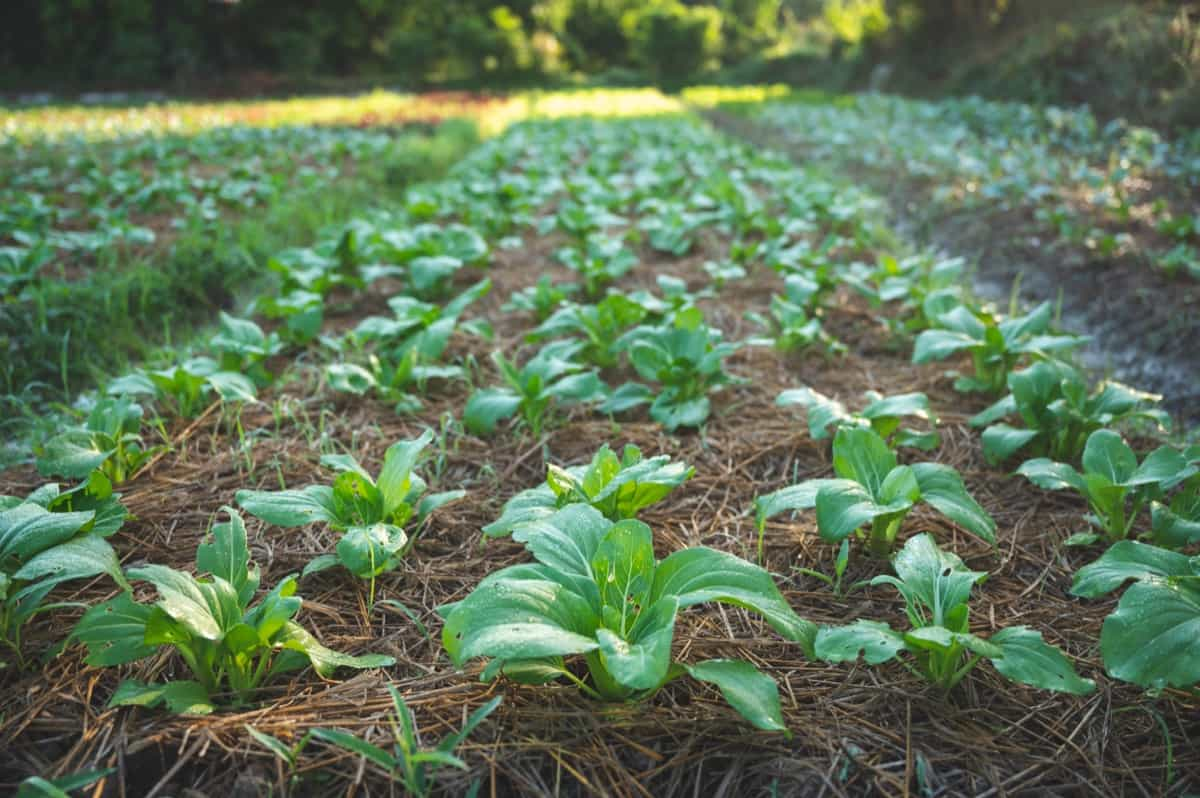
Customized Mulching Solutions: Understanding Cost Variations Per Acre in India
In India, plastic mulching can be classified into two types: surface mulching and sub-surface mulching. Surface mulching involves laying the plastic film on the soil surface around plants or along the rows. In contrast, sub-surface mulching is more effective in conserving soil moisture and reducing evaporation.
The cost of plastic mulching per acre in India ranges from Rs. 10,000 to Rs. 20,000 for surface mulching and from Rs. 20,000 to Rs. 30,000 for sub-surface mulching. The Government of India provides subsidies for plastic mulching under various schemes, such as the National Horticulture Mission, the Horticulture Mission for North East & Himalayan States, and Rashtriya Krishi Vikas Yojana. The subsidy rate is 50% of the permissible cost of Rs. 20,000 per hectare, limited to 2 hectares per beneficiary.
Seasonal Influence on Mulching Costs Per Acre in Indian Agriculture
The cost of mulching in Indian agriculture is influenced by seasonal factors such as the demand and supply of mulch materials, labor, and transportation costs, and the distance from the source. During the rainy season, farmers may use plastic mulch due to soil erosion risks, but it may be more expensive and less available. During the dry season, farmers may opt for organic mulch to conserve soil moisture and improve fertility, but it may be more prone to decomposition and require frequent replenishment.
According to a study, found that the mulching cost per acre varied by season: it was highest in summer (Rs. 5,760), followed by winter (Rs. 4,800), monsoon (Rs. 4,320), and post-monsoon (Rs. 3,840). The seasonal variation was mainly due to the changes in labor and transportation costs.
Integrated Pest Management and Mulching: Cost Analysis Per Acre in India
The costs of Integrated Pest Management (IPM) and mulching vary depending on various factors, including crop type, pest and disease pressure, input availability, labor availability, and market prices. A study found that IPM saved 13% of the total cost of cultivation per acre for cotton, with reduced pesticide use, weeding labor, and irrigation.
The yield of cotton was higher with IPM, resulting in an additional income of Rs. 6,520 per acre. In tomato cultivation, IPM saved 8% of the total cost, with reduced pesticide use, weeding labor, and irrigation. The yield of tomatoes was also higher with IPM, resulting in an additional income of Rs. 11,000 per acre.
Technology in Mulching: Reducing Costs and Increasing Efficiency Per Acre in India
Technology can significantly reduce the cost of mulching by developing low-cost, biodegradable materials that perform as well or better than plastic mulch. Alternatives include paper mulch, jute mulch, coir mulch, and starch-based mulch. Low-cost and user-friendly machines can also be designed to lay, cover, and remove mulch with minimal labor and fuel inputs.
In case you missed it: Citrus Farming in India: Citrus Fruit Cultivation Cost, Profit, and Production by State
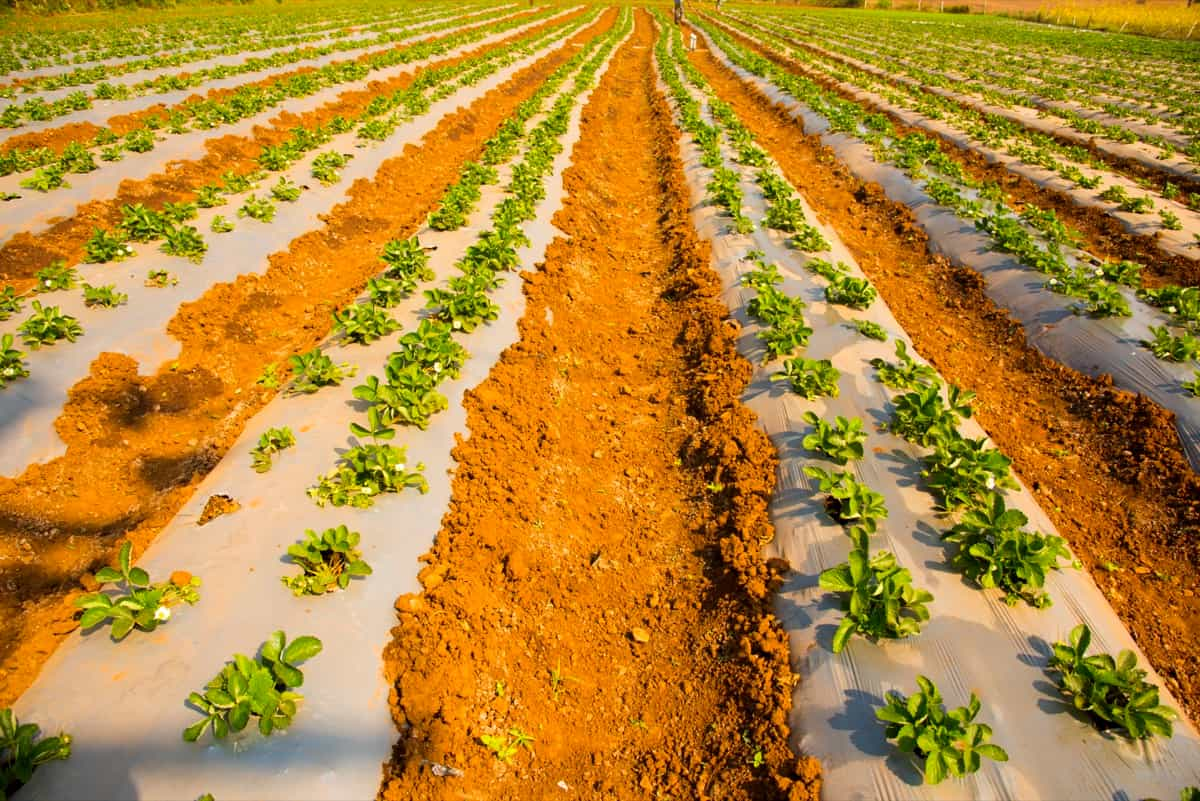
In India, machines include tractor-operated bed maker-cum-mulch layer, power tiller-operated bed maker-cum-mulch layer, manually operated bed maker-cum-mulch layer, and tractor-operated plastic mulch retriever. Optimal management of soil moisture and temperature under different climatic conditions is another challenge. Technology can optimize irrigation and temperature regimes using sensors, controllers, and models that monitor and regulate soil moisture and temperature according to crop needs.
Climate-Smart Mulching Techniques and Their Cost Per Acre in Indian Farming
Climate-smart mulching techniques play a pivotal role in enhancing Indian farming sustainability. Mulching covers the surface of the soil with materials like plastic, straw, or organic matter to conserve moisture, control weeds, and regulate soil temperature. Adoption of such practices is crucial in mitigating the impacts of climate change.
The cost per acre for implementing climate-smart mulching techniques varies depending on factors like material type, labor, and availability. On average, in Indian farming, the cost ranges from INR 5,000 to INR 10,000 per acre. This investment proves beneficial in the long run by improving crop yield, reducing water usage, and promoting soil health.
Guide to Budgeting for Mulching in Indian Agriculture: Per-Acre Costs
Type of mulch: There are numerous Organic mulches, such as straw, hay, leaves, grass clippings, or crop residues, which are usually cheaper than inorganic mulches such as plastic, paper, or metal sheets. However, organic mulches may need to be replaced more frequently as they decompose over time. Inorganic mulches may last longer, but they may also lead to environmental hazards if not disposed of properly.
Size of the farm: The larger the farm, the more mulch is needed to cover the soil surface. The cost of mulch per acre may decrease with bulk purchases, but the cost of labor and transportation may increase with distance and terrain.
Availability of resources: The cost of mulch may change depending on the supply and demand of the local market. If the farmer has access to free or low-cost organic materials from nearby sources, such as animal manure, compost, or crop residues, the cost of mulching may be reduced. However, if the farmer has to buy mulch from distant or expensive sources, the cost of mulching may increase.
| Material | Cost per acre |
| Plastic film | Rs. 8,000 (subsidized) |
| Straw | Rs. 4,000 |
| Pebbles | Rs. 6,000 |
| Wood chips | Rs. 4,800 |
| Plastic film (silver-black) | Rs. 10,000 – 12,000 |
| Plastic film (red-black) | Rs. 10,000 – 12,000 |
| Straw or hay | Rs. 5,000 – 7,500 |
| Grass clippings | Rs. 2,500 – 5,000 |
| Crop residues | Rs. 1,000 – 2,500 |
| Type of Cost | Range (in Rs.) per acre |
| Material | 800 – 12,000 |
| Labour | 972 – 1,458 |
| Subsidy | 4,000 – 6,000 |
| Total | 2,228 – 7,458 |
In case you missed it: Precision Farming Technologies for Weed Management
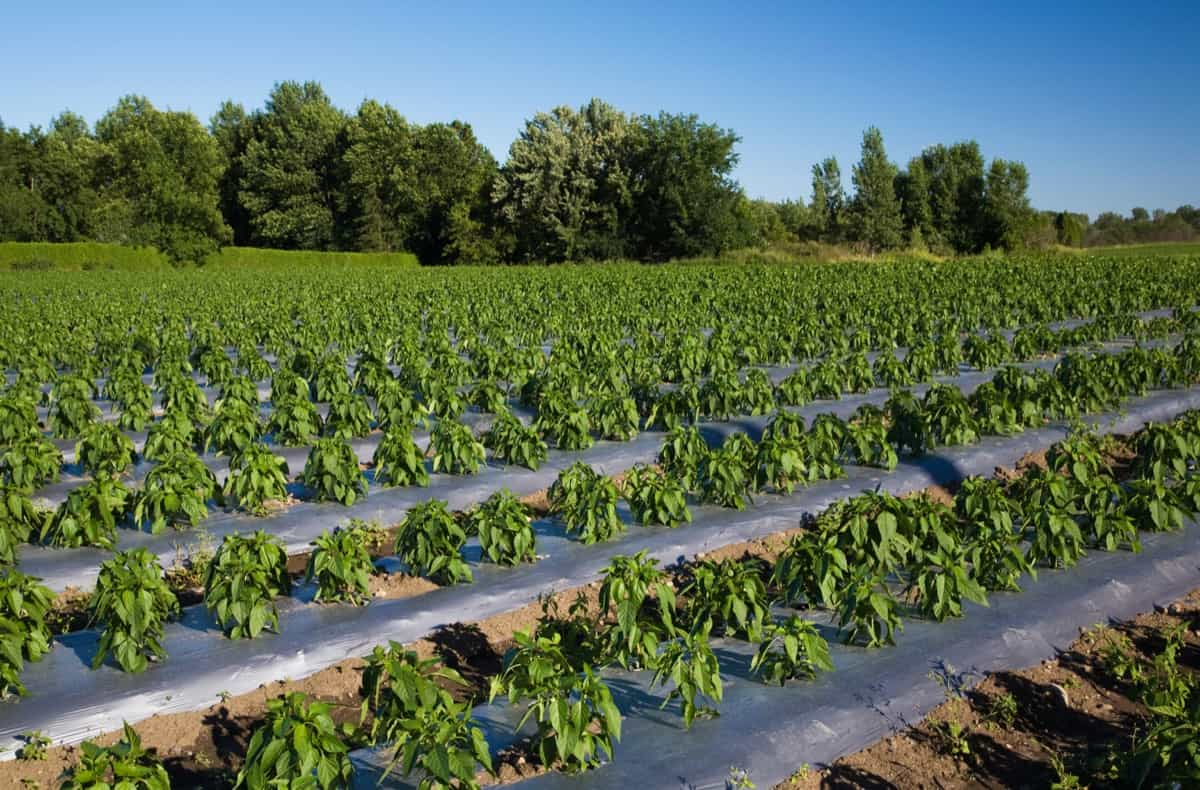
Conclusion
Understanding mulching costs in India is pivotal for farmers. Opting for cost-effective solutions, such as straws or subsidized plastic films, can enhance agricultural practices. Balancing material expenses with potential yields ensures a sustainable and economical approach to mulching on Indian farms.
- Types of Pesticides Used in Agriculture: A Beginner’s Guide
- Economical Aquaculture: A Guide to Low-Budget Fish Farming
- 15 Common Planting Errors That Can Doom Your Fruit Trees
- How to Make Houseplants Bushy: Effective Tips and Ideas
- Innovative Strategies for Boosting Coconut Pollination and Yield
- Pollination Strategies for Maximum Pumpkin Yield
- The Complete Guide to Chicken Fattening: Strategies for Maximum Growth
- Natural Solutions for Tulip Problems: 100% Effective Remedies for Leaf and Bulb-Related Issues
- Revolutionizing Citrus Preservation: Towards a Healthier, Greener Future
- Natural Solutions for Peony Leaf and Flower Problems: 100% Effective Remedies
- Maximizing Profits with Avocado Contract Farming in India: A Comprehensive Guide
- Natural Solutions for Hydrangea Problems: 100% Effective Remedies for Leaf and Flowers
- The Ultimate Guide to Choosing the Perfect Foliage Friend: Bringing Life Indoors
- From Sunlight to Sustainability: 15 Ways to Use Solar Technology in Agriculture
- The Ultimate Guide to Dong Tao Chicken: Exploring from History to Raising
- The Eco-Friendly Makeover: How to Convert Your Unused Swimming Pool into a Fish Pond
- Mastering the Art of Delaware Chicken Farming: Essentials for Healthy Backyard Flocks
- 20 Best Homemade Fertilizers for Money Plant: DIY Recipes and Application Methods
- How to Craft a Comprehensive Free-Range Chicken Farming Business Plan
- Brighten Your Flock: Raising Easter Egger Chickens for Beauty and Bounty
- How to Optimize Your Poultry Egg Farm Business Plan with These Strategies
- Subsidy for Spirulina Cultivation: How Indian Government Schemes Encouraging Spirulina Farmers
- Ultimate Guide to Raising Dominique Chickens: Breeding, Feeding, Egg-Production, and Care
- Mastering the Art of Raising Jersey Giant Chickens: Care, Feeding, and More
- Ultimate Guide to Raising Legbar Chickens: Breeding, Farming Practices, Diet, Egg-Production
- How to Raise Welsummer Chickens: A Comprehensive Guide for Beginners
- How to Protect Indoor Plants in Winter: A Comprehensive Guide
- Ultimate Guide to Grow Bag Gardening: Tips, Tricks, and Planting Ideas for Urban Gardeners
- Guide to Lotus Cultivation: How to Propagate, Plant, Grow, Care, Cost, and Profit
- Agriculture Drone Subsidy Scheme: Government Kisan Subsidy, License, and How to Apply Online
- Ultimate Guide to Raising Araucana Chickens: Breed Profile, Farming Economics, Diet, and Care
- Bringing Hydroponics to Classroom: Importance, Benefits of Learning for School Students
- Ultimate Guide to Raising Polish Chickens: Breed Profile, Farming Economics, Diet, and Care
- Ultimate Guide to Raising Australorp Chickens: Profile, Farming Economics, Egg Production, Diet, and Care
- Silkie Chicken Farming: Raising Practices, Varieties, Egg Production, Diet, and Care
- Sussex Chicken Farming: Raising Practices, Varieties, Egg Production, Diet and Care